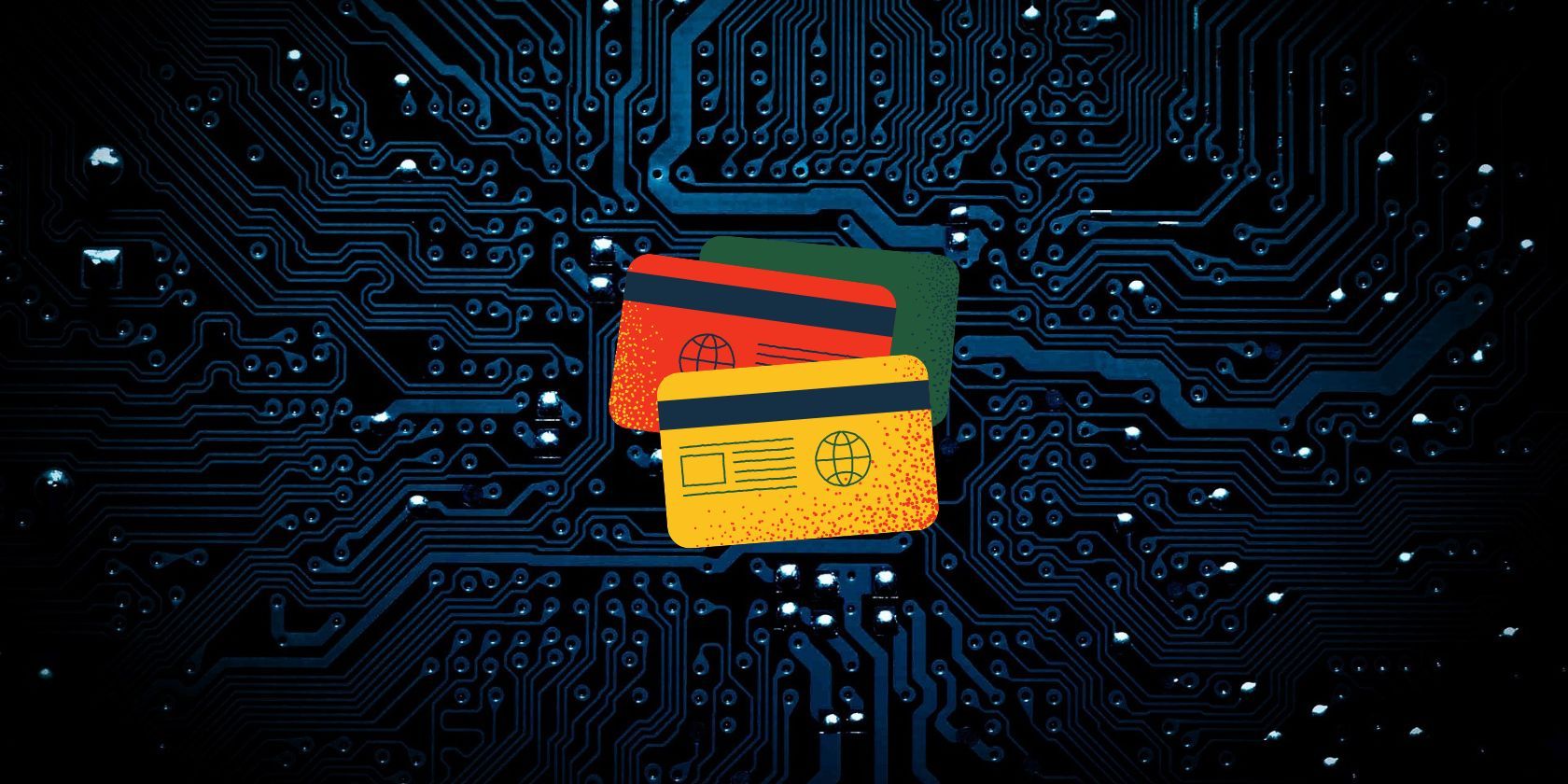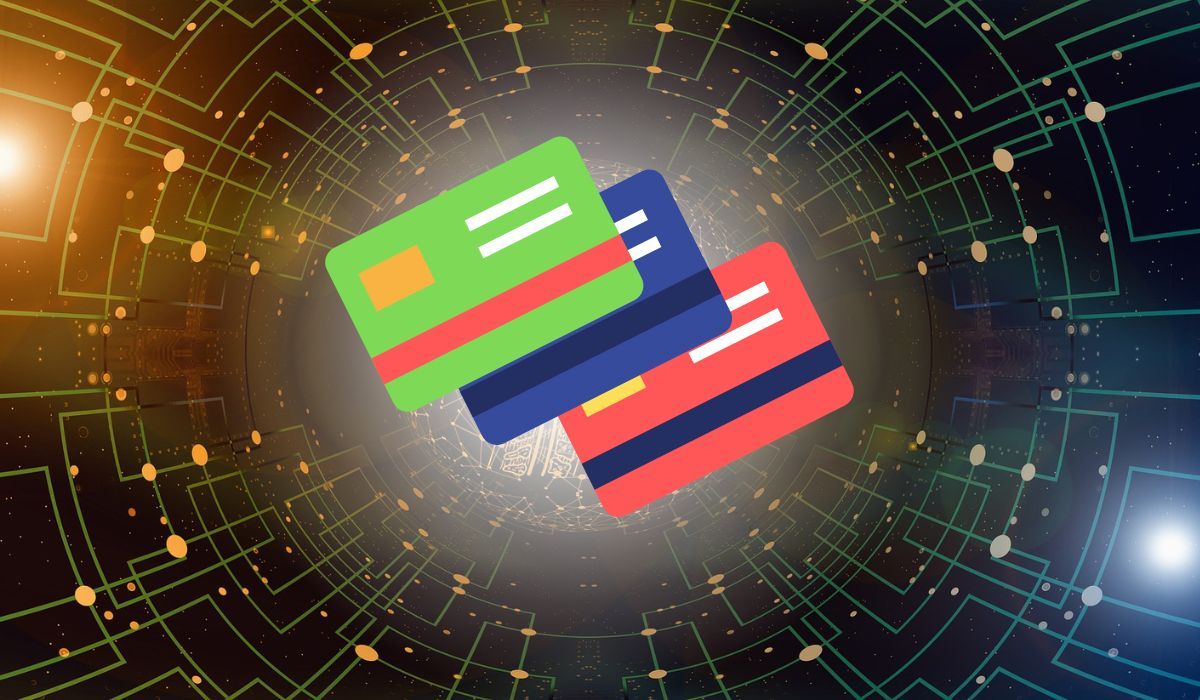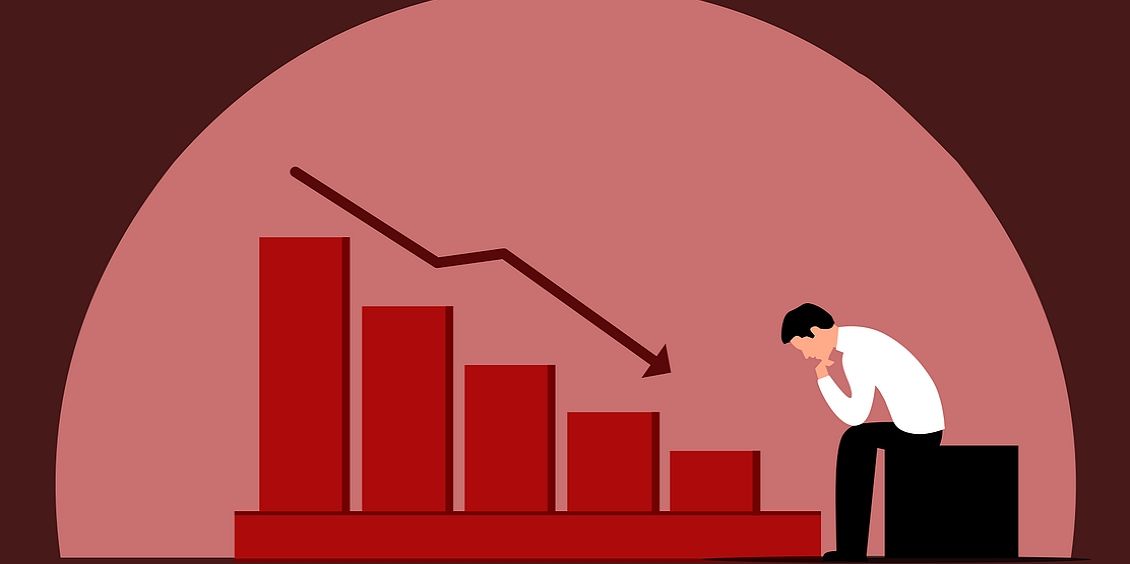The practice of carding has been in the news a lot, but not everyone knows exactly what it entails. Carding is a type of credit card fraud when purchases are made using a stolen bank card. It is an illegal activity that affects consumers as well as merchants.
So what actually is carding, how do cybercriminals conduct it, and what are the risks involved?
What Is Carding?
Carding is a process of illegally obtaining goods or services by using someone else's credit card information. This can be done by stealing someone's credit card information or by buying stolen financial data online.
Cybercriminals target online stores, as they can buy goods such as electronics and other high-value products anonymously. In some cases, the criminals may also sell or exchange stolen card details with others in underground forums. Apart from that, many cybercriminals purchase gift cards or any other form of prepaid cards because it's so difficult to trace such transactions.
Many cybercriminals purchase items using stolen cards and then sell those products at a lower price for cash, thereby earning money illegally.
The main risk involved with carding is identity theft, as criminals can use stolen credit card details to purchase items with someone else's money. If a credit card is used fraudulently and the user is unaware, it could lead to financial losses or even criminal charges.
How Cybercriminals Conduct Carding
Criminals use a variety of methods to conduct carding. They can utilize a variety of software tools to scan and find vulnerable websites, as well as using brute-force attacks to crack passwords. Additionally, here are the other popular ways cybercriminals conduct carding:
- Phishing: One of the most common methods is “phishing”, where criminals send out emails or messages through other platforms pretending to be from legitimate companies, asking for credit card details.
- Skimming: Criminals may also use skimmers, which are devices attached to ATMs and card readers. The device collects the credit card information without the user noticing.
- Data Breaches: Malicious actors can also gain access to credit card information through data breaches. This is when hackers infiltrate company systems and steal personal details such as credit card numbers. It is conducted either through hacking or by obtaining access to unsecured data mined from other hackers.
- Automated Script: Scammers also use automated scripts and malware to steal personal information directly from websites and e-commerce stores.
- PoS Malware: Point-of-Sale (PoS) malware is a type of malicious software designed to steal credit card information from retail stores and restaurants. This is an advanced way to conduct carding, as it requires specialized knowledge and resources.
- Zero-Day Vulnerability: Some criminals also use zero-day vulnerabilities, which are security flaws in software applications and operating systems that vendors have not yet discovered. Zero-day vulnerabilities can be exploited to gain access to private data stored in databases.
How Does Carding Work?
Carding typically works in the following steps.
Step 1: Card Details Are Stolen
The first step for conducting carding is getting details of the credit card. This can be done through one of the aforementioned methods, like phishing, skimming, etc.
Step 2: Card Details Are Tested
Once the details of the credit card are obtained, they need to be tested to see if they are valid. Criminals usually perform this step by making a small purchase on some websites and seeing if it is successful. It can be for as little as $1, for instance.
Step 3: Card Details Are Used for Purchases
Now, criminals use validated card details to purchase goods or services from different websites. This allows them to make money by reselling the purchased items for cash (or they might just enjoy the products themselves).
Step 4: Money Is Transferred
Finally, criminals use money laundering methods to transfer their illegally obtained cash. They may also sell stolen card details on underground forums and dark web markets.
How Carding Affects Consumers
Carding can have a huge impact on consumers whose credit card details are stolen. Here are some of the ways it can affect them.
- Identity Theft: If criminals gain access to your credit card information, they may use it to steal your identity and make purchases in your name.
-
Financial Losses: Unauthorized purchases made with your credit card can lead to financial losses if you do not report them quickly.
- Criminal Charges: Depending on the laws of your country, you may also face criminal charges for unauthorized, illicit purchases made with your credit card.
- Credit Score: Being a victim of carding can also have a long-term negative effect on your credit score, as it may make it harder for you to get loans or other types of financial support in the future.
- Distress: Finally, it is important to remember that carding can also result in emotional distress. Victims of carding may feel violated and scared, as their personal information has been exposed to criminals.
How Carding Affects Merchants
Carding can also have a big impact on merchants. Here are some of the ways it can affect them.
- Loss of Revenue: Merchants may suffer losses if criminals use stolen credit card details for unauthorized purchases.
- Fraudulent Chargebacks: Criminals could also be able to get money back by filing chargeback requests through their banks, which can result in further losses for merchants.
- Loss of Trust: Having carding activity on their website or store may mean they lose the trust of customers, as they will be less likely to make purchases if they feel their information is not secure.
- Higher Fraud Costs: Merchants could incur higher fraud costs due to increased monitoring and prevention activities, such as investing in advanced anti-fraud solutions.
How to Protect Yourself From Carding Attacks
The best way to stay safe from carding is by taking preventive measures and being vigilant when using or sharing your credit card information.
The most obvious advise is to be careful with your information. Don't share your credit card data with anyone, and be extra cautious when providing it online, as criminals may be using phishing techniques to get access to your details. Check your credit card statements regularly too, and make sure all the transactions are legitimate. If you see any suspicious activity, contact your bank immediately.
Make sure you use strong passwords for all your online accounts. This will help keep criminals from gaining access to your financial information. Enabling two-factor authentication on any websites that offer it helps, as this will make it difficult for criminals to access your accounts.
You need to uphold basic security practises too, so always keep your devices up to date with the latest security patches and antivirus software. This will help protect your devices from malicious software and attacks. Install anti-phishing apps on your devices, like a solid antivirus suite, to help detect and block malicious links and websites.
And stay up to date with the latest news about carding and fraud prevention measures. This will help you stay one step ahead of criminals.
Keep Your Credit Card Safe
Carding fraud is an ever-growing threat that can have serious consequences for both individuals and merchants. Taking preventive measures is key to staying safe, so make sure you follow the tips above and keep your credit card information secure. By doing this, you can help protect yourself and your business from fraudulent activities and losses.




